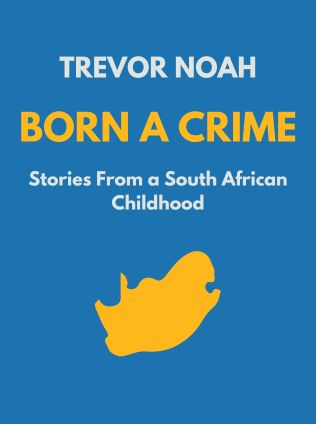
Finding the Mother Tree
Discovering the Wisdom of the Forest
By Suzanne Simard
Published 05/2021
About the Author
Suzanne Simard is a trailblazer in the field of forest ecology whose research has dramatically transformed our understanding of the natural world. Born and raised in the dense forests of British Columbia, Simard’s early experiences in logging with her family sparked a deep curiosity about forest dynamics. This curiosity eventually led her to pursue higher education in forest sciences, culminating in a Ph.D. from the University of British Columbia in 1997. Her academic career has been marked by a relentless pursuit of knowledge and an unwavering commitment to uncovering the hidden relationships within forest ecosystems.
Simard's groundbreaking research has led to a paradigm shift in how we view forests, revealing the intricate and cooperative networks that sustain these vital ecosystems. Her work has earned her a prominent place in the scientific community, influencing both scholarly discourse and practical forestry practices. Through her book, "Finding the Mother Tree," published in 2021, Simard has brought her pioneering research to a broader audience, offering readers an intimate look at her journey and discoveries.
Main Idea
The essence of "Finding the Mother Tree" is a revolutionary understanding of how forests function, challenging the conventional wisdom of competition and survival of the fittest. Suzanne Simard’s research unveils the complex web of relationships that exist among trees, emphasizing cooperation over competition. Central to her findings is the concept of the "Mother Tree"—the largest and oldest tree in a forest, which serves as a critical hub in the ecosystem's network. These Mother Trees play a pivotal role in maintaining the health and resilience of forests by facilitating nutrient sharing, communication, and support among trees.
Simard’s work highlights the importance of mycorrhizal fungi in forest ecosystems. These fungi form symbiotic relationships with tree roots, creating an underground network that allows trees to exchange nutrients, information, and even warnings about environmental threats. This intricate network challenges traditional views of forests as collections of competing individuals, instead presenting them as interconnected communities where mutual support is key to survival.
Table of Contents
- Introduction: The Forests of British Columbia
- The Birth of a New Paradigm: Cooperation Over Competition
- Understanding the Mother Tree: The Heart of the Forest
- Experiments and Discoveries: How Trees Communicate and Share
- The Role of Fungi: The Hidden Network Beneath Our Feet
- Challenging the Status Quo: The Reception of Simard's Work
- Implications for Sustainable Forestry: A New Way Forward
- The Future of Our Forests: What We Can Learn from Mother Trees
- Conclusion: Embracing a New Understanding of Nature
Introduction: The Forests of British Columbia
The journey into Suzanne Simard's world begins in the lush, verdant forests of British Columbia. Growing up amidst towering trees and the rich biodiversity of the region, Simard developed a profound connection to these ecosystems. Her early observations of the forest’s natural processes, coupled with her family’s logging business, set the stage for her groundbreaking research. The forests of British Columbia, with their diverse species and complex interactions, provided the perfect backdrop for exploring and challenging existing ecological theories.
Simard's initial research was driven by practical concerns related to forestry practices and the health of reforested areas. Observing the challenges faced by newly planted trees, she questioned the prevailing notions of competition and survival. This inquiry led her to delve deeper into the unseen world beneath the forest floor, where she discovered a network of relationships that would reshape our understanding of forest ecosystems.
Sign up for FREE and get access to 1,400+ books summaries.
You May Also Like
I Am Malala
The Story of the Girl Who Stood Up for Education and Was Shot by the Taliban
By Malala Yousafzai



















